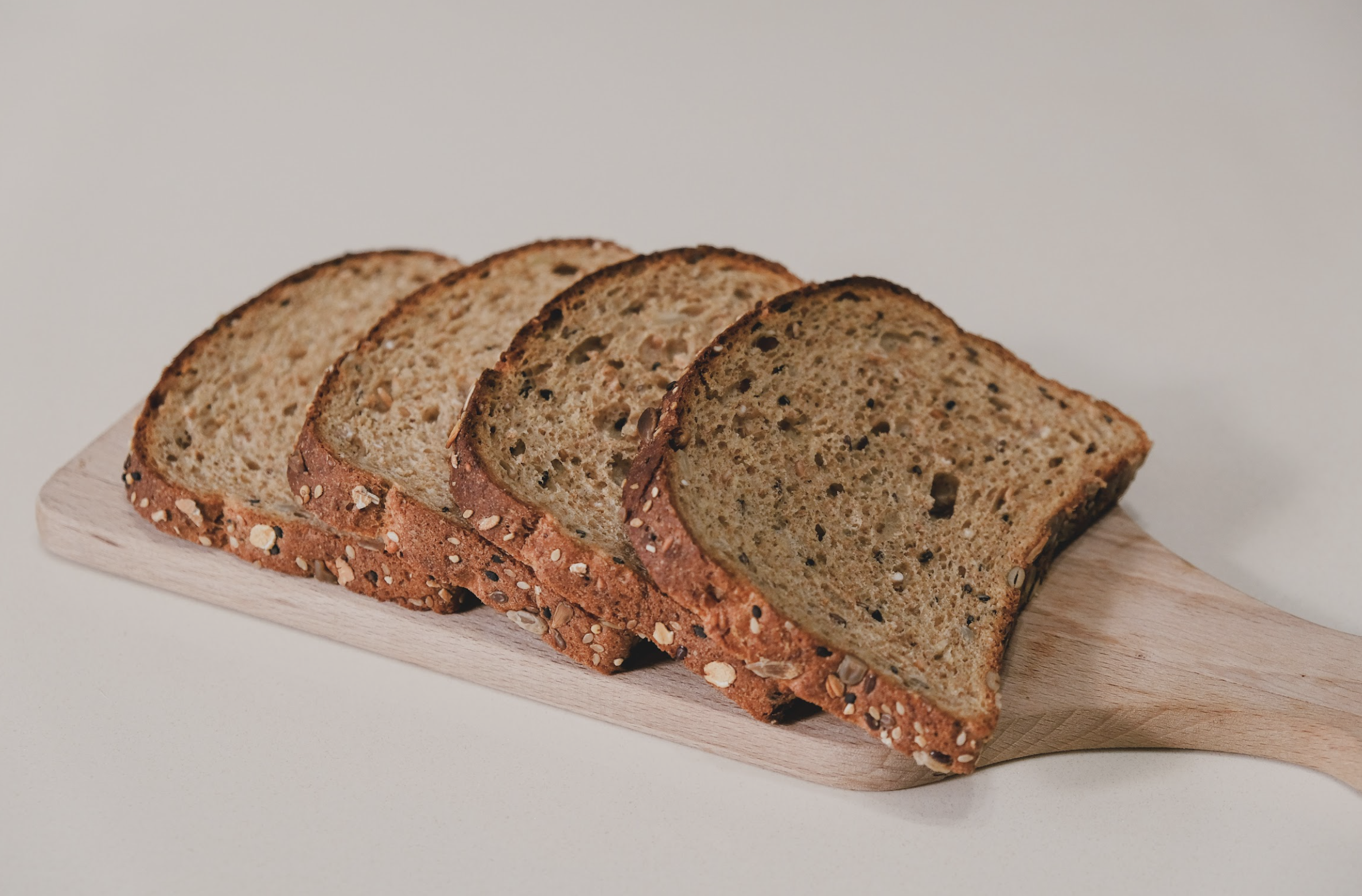 |
|
A child’s diet with whole grain intake >50% remained preventative against myopia after multivariable adjustment near work and outdoor time. Photo: Young Shih on Unsplash. |
Any parent can tell you that kids tend to have a limited palate and prefer simple, satisfying flavors. That’s a shame because new research shows that whole grain foods can mitigate myopia development to some extent. Whole grains constitute a significant source of beneficial nutrients, such as dietary fiber, phytochemicals, minerals, several vitamins and other supplements. Currently, the long-term effect of whole grain vs. refined grain consumption on the prevalence of myopia has not been extensively studied. Researchers recently evaluated the association between whole grain intake and the prevalence of myopia to provide comprehensive evidence to improve prevention, treatment and management of the condition. They found that whole grain intake (>50% of total grain intake) was an independent protective factor against myopia.
This cross-sectional epidemiological study included 586 children aged six to 12 in primary school. Ophthalmologic examinations and optometric cycloplegic refraction measurements were conducted. Food consumption data was collected through a dietary history interview, including the habitual diet over the past year. The children’s parents or guardians were asked to recall the usual intake of each food item on the list for the past year as an indicator of the participants’ long-term diet. This association between the probability of myopia and the proportion of whole grain consumption, adjusted for protective and risk factors, was analyzed using crude and multivariable logistic regression. Whole grain proportion was calculated as the mean intake from grain sources divided by the total grain intake.
Among the study participants, 38.6% children had myopia in at least one eye. Whole grain intake was inversely correlated with myopia prevalence. Furthermore, in the multivariate analysis, whole grain intake of >50% was identified as a protective factor against myopia after subsequent adjustment for age, sex, parental myopia, near-work activity, screen time, reading, writing, visual fatigue, outdoor time and classroom light environment.
Some other risk/protective factors of myopia were concurrently detected in this study: parental myopia was significantly associated with an increased probability of myopia, but male sex and elevated light environment in the classroom were protective.
Dietary changes, including increased consumption of high-glycemic carbohydrates, may also affect the structure of the growing eye. Another plausible hypothesis from the researchers was that dietary supplements with whole grain could prevent the development and progression of myopia as they contain calcium, iron, magnesium, manganese, copper and zinc.
As these children are likely to be myopic due to factors other than diet, the study authors suggested a non-causal association of whole grain consumption with myopia, which could make the idea of dietary supplementation implausible. Further studies must consider the sociodemographic risk factors to assess this possibility and investigate the underlying mechanisms by which whole grain intake can affect myopia.
The team concluded, “Modifying the form of grains consumed (whole vs. refined) could be one of the targets of future public health measures.”
Liu Z, Wang Q, Zhao Q, et al. Association between whole-grain intake and myopia in Chinese children: a cross-sectional epidemiological study. BMC Ophthalmol. 2023;23(1):1. |

